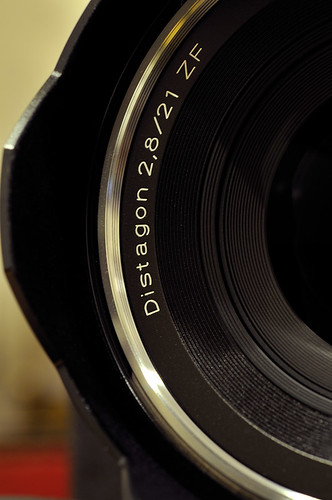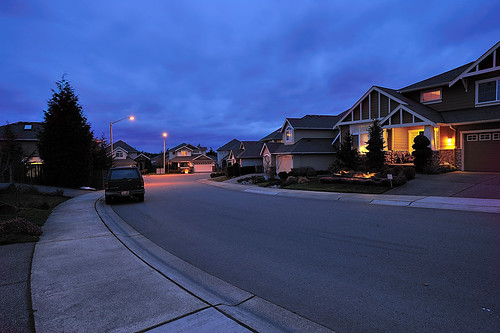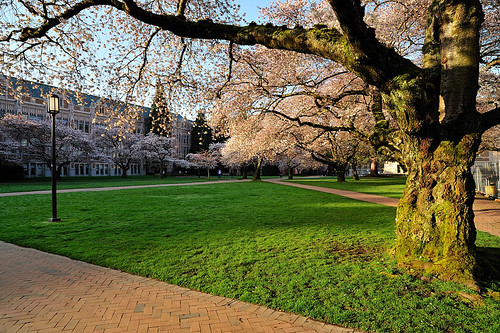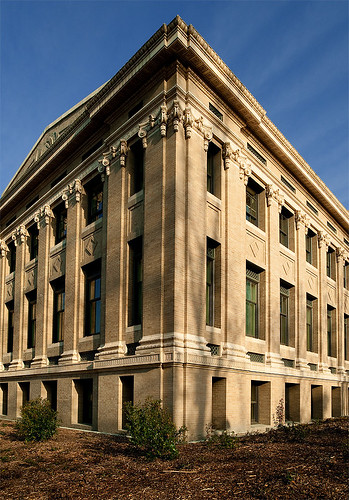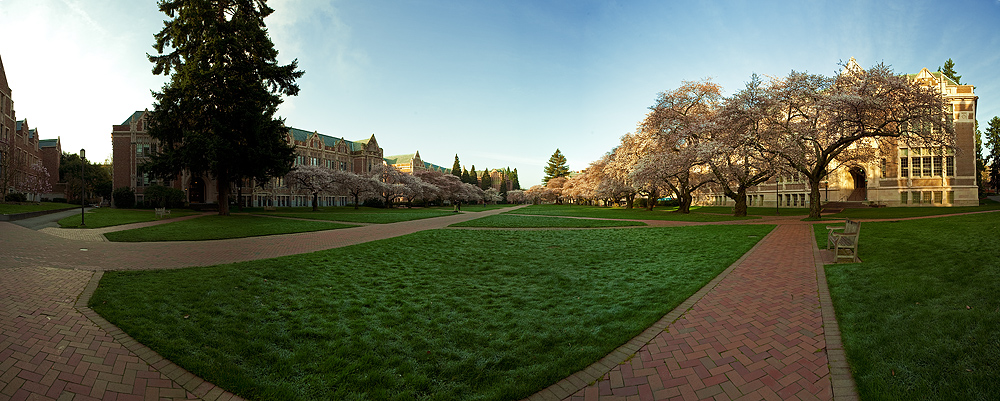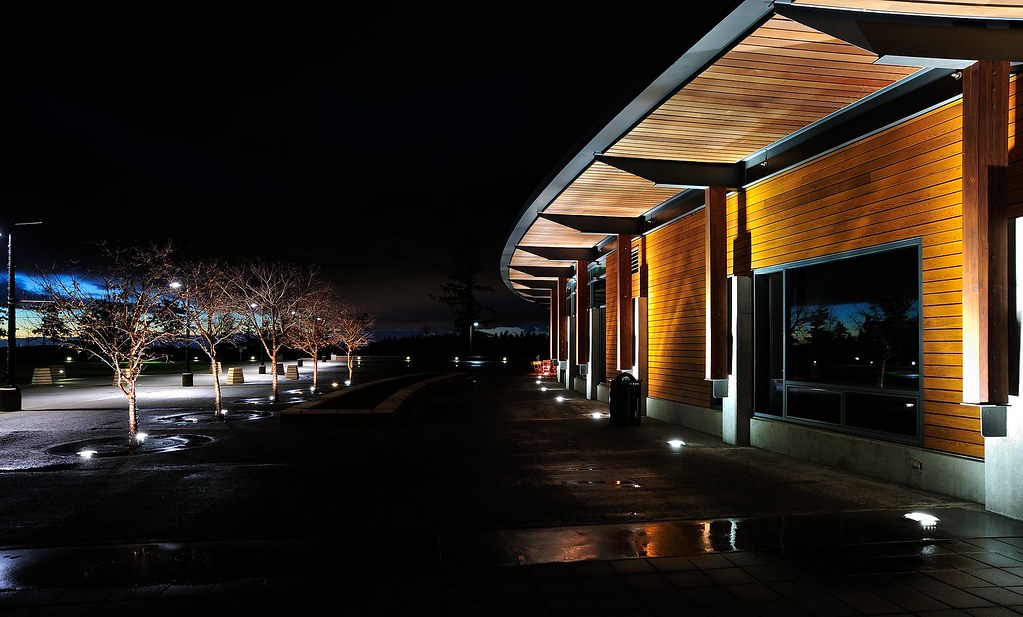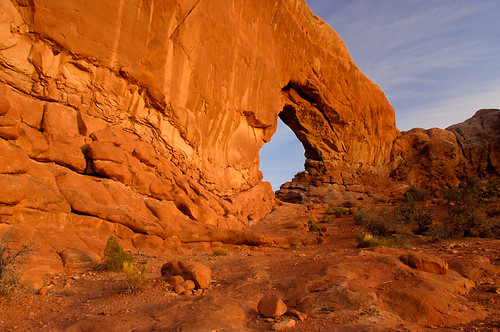
The art and science of photography as a whole is some times made too convoluted. One of the dimensions that can easily enhance your photography is to photograph along the edge.
What edge am I talking about? I speak of the edge along these dimensions:
- time
- space
- age
TIME
The edge of time refers to the temporal edge: be it the edge of day and of season. Ask any successful landscape photographer when is the best time to photograph landscape and surely, you will hear about sunrise and sunset. Well, those are the edge of the day. They are the time when night is transforming from night to day and vice-versa. During these times, the lighting conditions are quite often phenomenal and spectacular. It is no wonder why many well respected landscape images are photographed during these times.
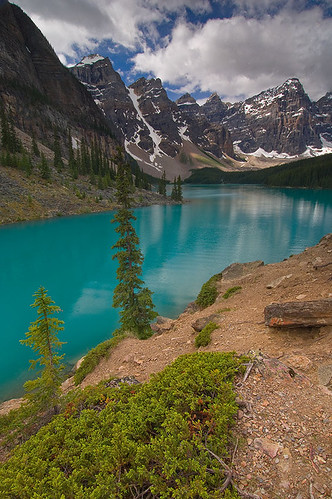 In terms of the edge of season, one obvious choice is the season of Autumn. It is the season when summer is transitioning to winter and when the foliage is transitioning into their brilliant display of colors. It is also when fungus are most prevalent. During this time, unusually colored mushrooms and toadstools are popping out on the ground. Spring is the counterpart of Autumn in the reverse direction. Needless to say, flowers, bees and colors abound in almost limitless variations.
In terms of the edge of season, one obvious choice is the season of Autumn. It is the season when summer is transitioning to winter and when the foliage is transitioning into their brilliant display of colors. It is also when fungus are most prevalent. During this time, unusually colored mushrooms and toadstools are popping out on the ground. Spring is the counterpart of Autumn in the reverse direction. Needless to say, flowers, bees and colors abound in almost limitless variations.SPACE
When I think of the edge of space, I fall back on scenes when I walked along the shores of the Pacific Ocean, along the edge of a lake, along the foothills of a mountain range and along the edge of the forest next to the open plain. Yet again, I am looking for that transition when the landscape changes, when the terrain changes and the land meets the water. The edge of change on the ground often presents itself as extraordinary photo opportunities.
AGE
Transitions not only appear in time and space but also along the edge of life itself: the boundary along the organism's age. Photographing the very young, the ones who were just born --- infants, for instance --- can yield an image that is inherently compelling. An infant who has just transitioned into life outside the womb is a pleasure to behold. A close-up shot of their tiny fingers or toes that reflects the almost brand new skin textures is more than refreshing. They really look so different from most of us adults. On the other extreme, the face of the very aged reflects years of life experiences and wisdom. Sometimes their eyes even reflect certain cherished moments when they talk about them.
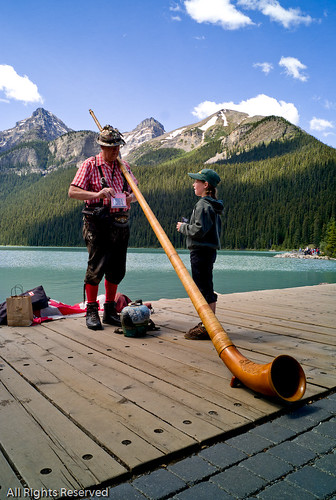
Next time, when you are running out of ideas for your photography, think about transitions and think about the edge. And, do not limit yourself to just the edge of time, space and age but a combination of these can be even more eye-popping. Pick up your camera and release the shutter when your eyes arrive at the edge. You may be in for a pleasant surprise.
Happy photographing!

